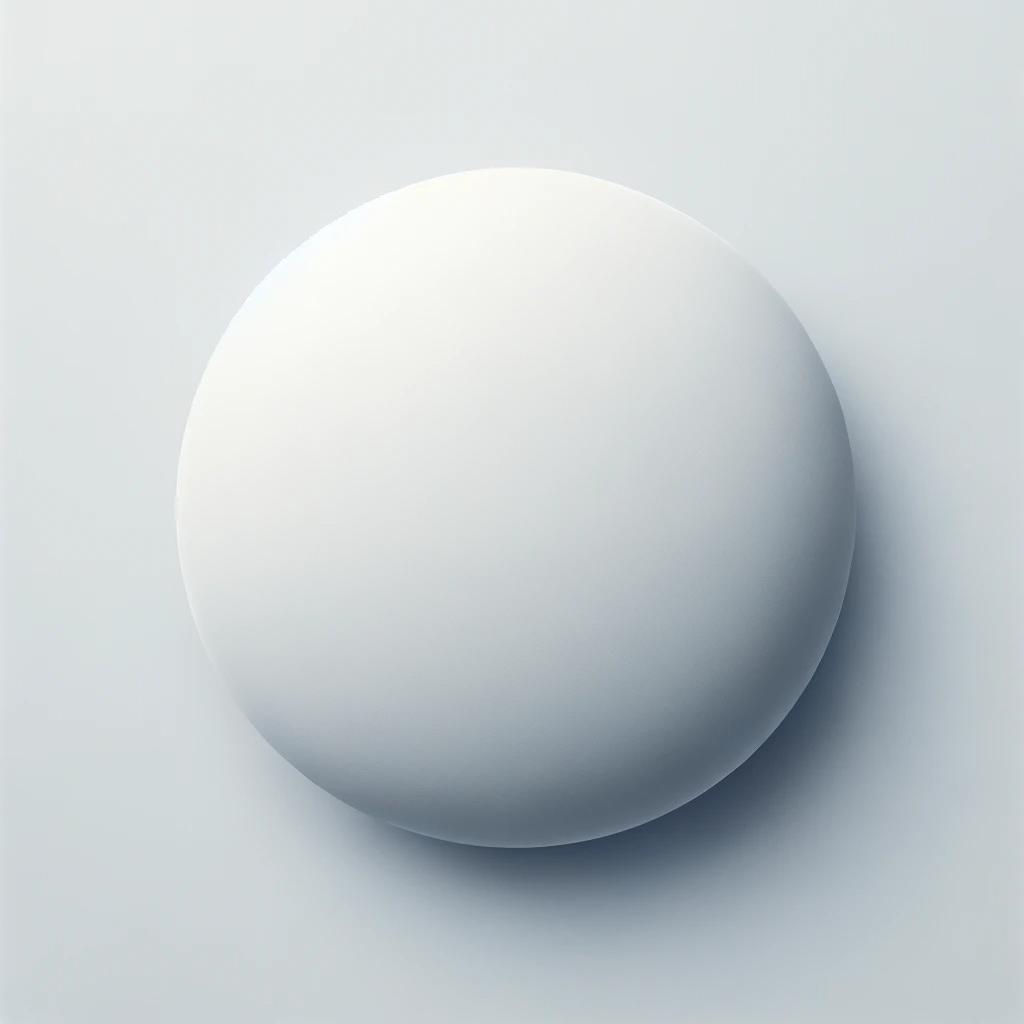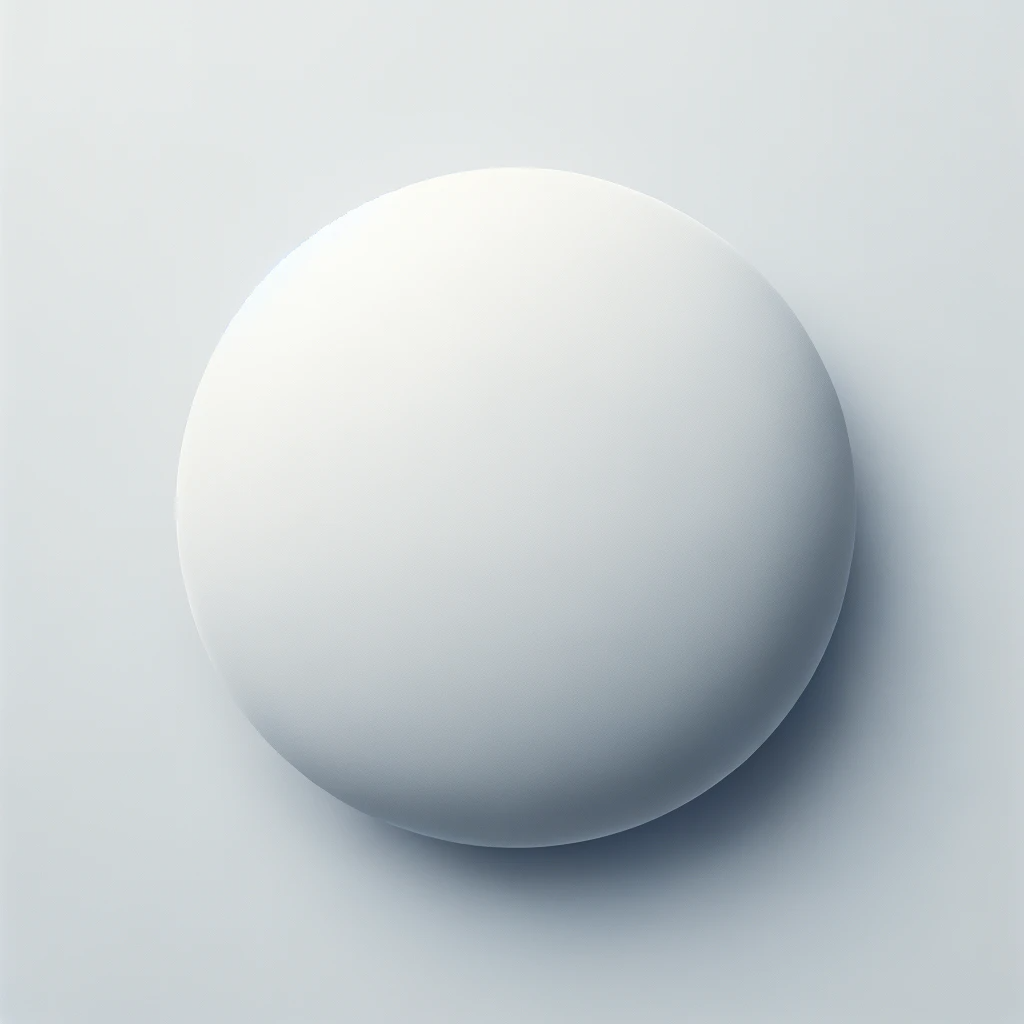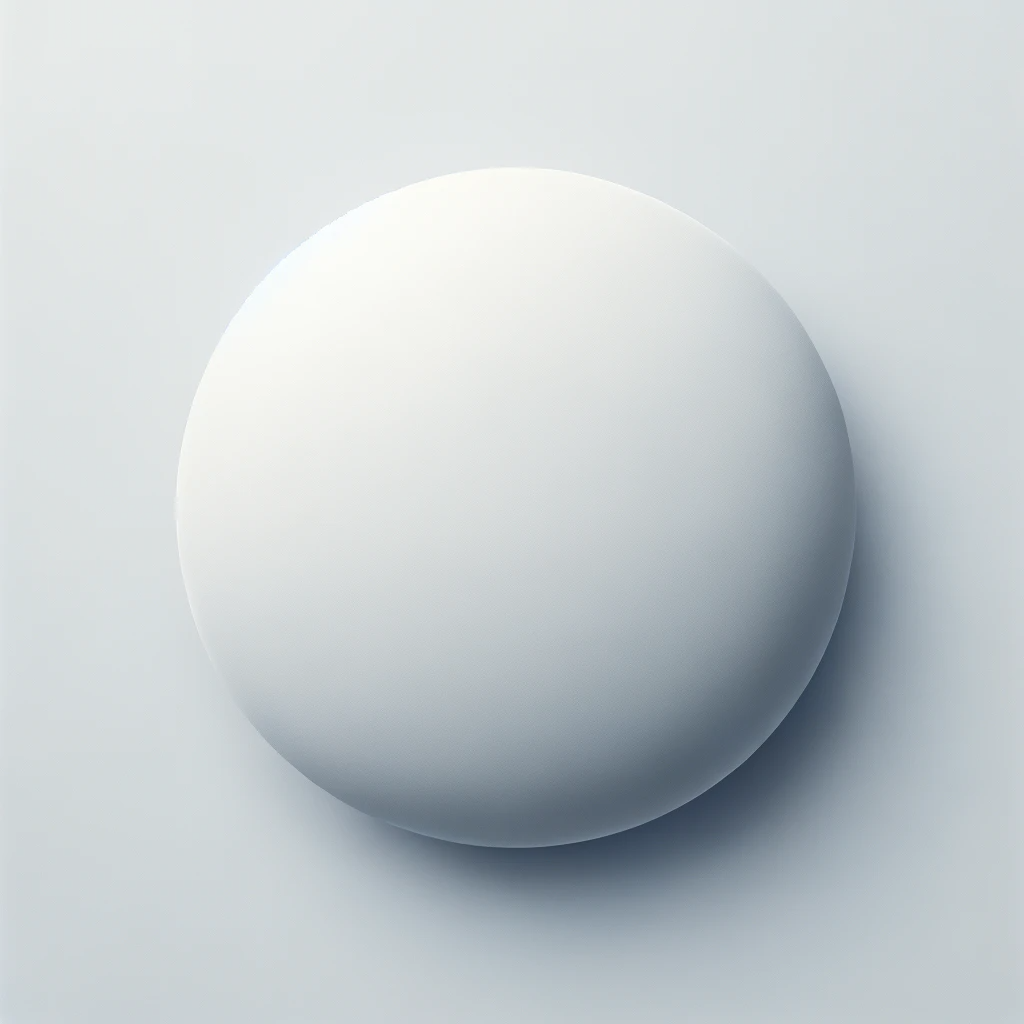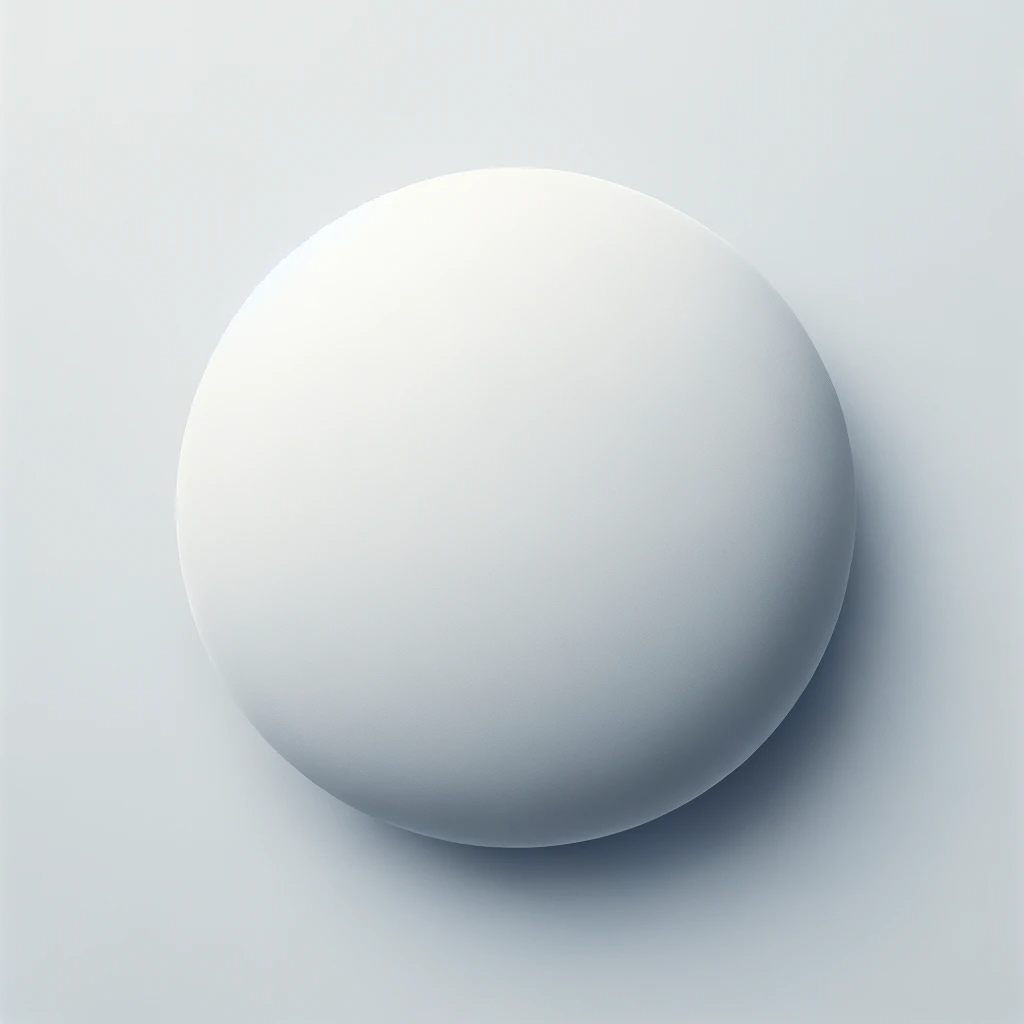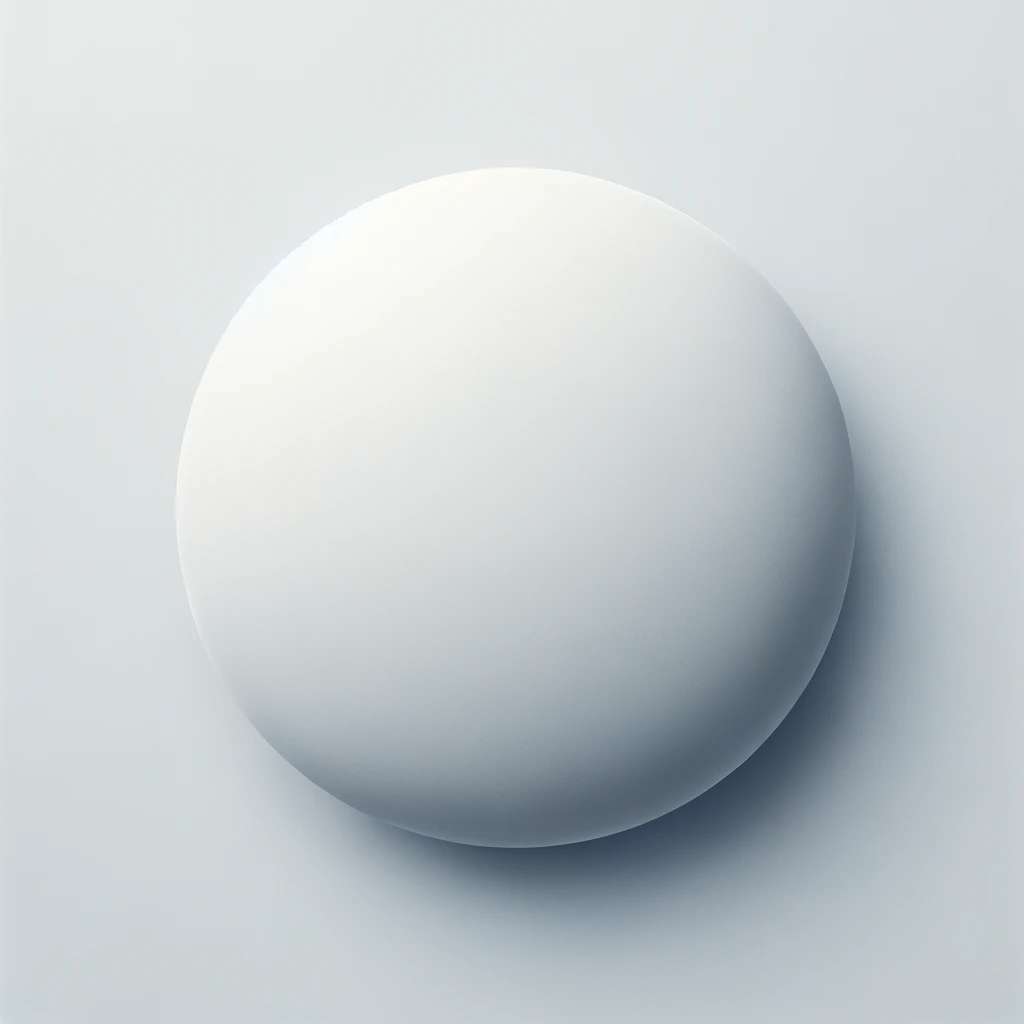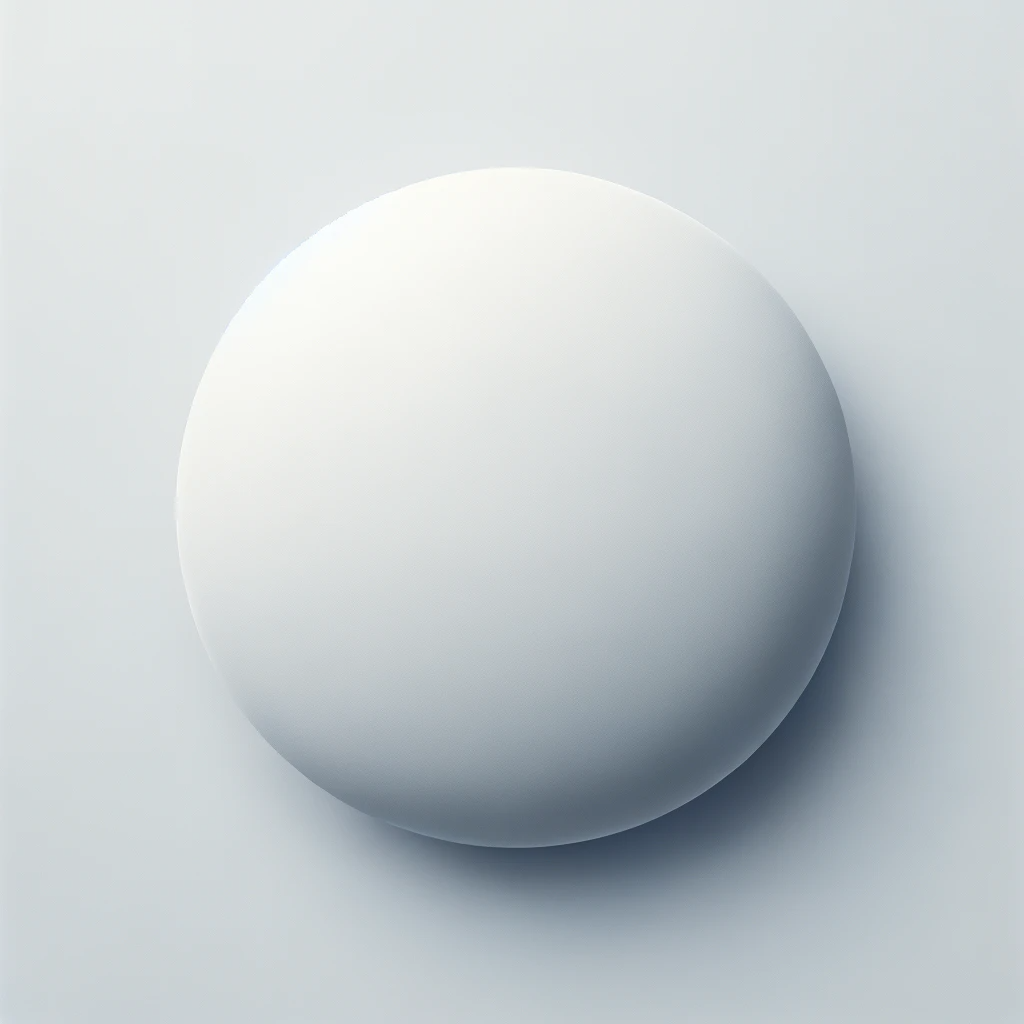How To Nc last frost date 2023: 8 Strategies That Work
Average Date of First Frost (fall) October 15. Lowest Expected Low. 5°F. Highest Expected Low. 10°F. This means that on a really cold year, the coldest it will get is 5°F . On most years you should be prepared to experience lows near 10°F . Below is a list of planting guides for Zone 7b.A frost date is the average date of the last light freeze in spring or the first light freeze in fall. The classification of freeze temperatures is based on their effect on plants: Light freeze: 29° to 32°F (-1.7° to 0°C)—tender plants are killed. Moderate freeze: 25° to 28°F (-3.9° to -2.2°C)—widely destructive to most vegetation. A frost date is the average date of the last light freeze in spring or the first light freeze in fall. The classification of freeze temperatures is based on their effect on plants: Light freeze: 29° to 32°F (-1.7° to 0°C)—tender plants are killed. Moderate freeze: 25° to 28°F (-3.9° to -2.2°C)—widely destructive to most vegetation. A frost date is the average date of the last light freeze in spring or the first light freeze in fall. The classification of freeze temperatures is based on their effect on plants: Light freeze: 29° to 32°F (-1.7° to 0°C)—tender plants are killed. Moderate freeze: 25° to 28°F (-3.9° to -2.2°C)—widely destructive to most vegetation.Boone, North Carolina is a picturesque town nestled in the heart of the Blue Ridge Mountains. One of the primary reasons why modern Toyotas excel in Boone, NC is their superior per...First and Last Frost Dates. A "frost" date means when temperatures fall to 32°F or lower, which is cold enough to damage leaves or kill young, tender plants. In the most basic sense, your "growing season" is essentially the time between when the last freeze happens in spring (your last frost date) and the first time temps get to freezing later ...Oct 22. Oct 24. Oct 26. Oct 29. Nov 1. Nov 5. Now that you know your frost dates, use our Garden Planting Calendar for Hampstead, North Carolina to know when to sow and transplant your various vegetable plants!Average Frost Dates. City, Average First Frost/Last Frost. Beaverton, November 2/April 14. Canby, October 30/May ...Planting Guides for Charlotte. According to the USDA Charlotte is in USDA Zone 8a. Here is some general info for USDA Zone 8a to help you get started. Average Date of Last Frost (spring) March 15. Average Date of First Frost (fall) November 15. …A frost date is the average date of the last light freeze in spring or the first light freeze in fall. The classification of freeze temperatures is based on their effect on plants: Light freeze: 29° to 32°F (-1.7° to 0°C)—tender plants are killed. Moderate freeze: 25° to 28°F (-3.9° to -2.2°C)—widely destructive to most vegetation.A frost date is the average date of the last light freeze in spring or the first light freeze in fall. The classification of freeze temperatures is based on their effect on plants: Light freeze: 29° to 32°F (-1.7° to 0°C)—tender plants are killed. Moderate freeze: 25° to 28°F (-3.9° to -2.2°C)—widely destructive to most vegetation.A frost date is the average date of the last light freeze in spring or the first light freeze in fall. The classification of freeze temperatures is based on their effect on plants: Light freeze: 29° to 32°F (-1.7° to 0°C)—tender plants are killed. Moderate freeze: 25° to 28°F (-3.9° to -2.2°C)—widely destructive to most vegetation.2024 First and Last Frost Dates for Places in West Virginia. Alum Creek, WV.Gardening. Frost Dates. 2024 First and Last Frost Dates for Places in North Carolina. Albemarle, Stanly County, NC. Apex, NC. Archdale, Randolph County, NC. Asheboro, NC. Asheville, NC. Belmont, Gaston County, NC. Black Mountain, NC. Boone, NC. Brevard, …A frost date is the average date of the last light freeze in spring or the first light freeze in fall. The classification of freeze temperatures is based on their effect on plants: Light freeze: 29° to 32°F (-1.7° to 0°C)—tender plants are killed. Moderate freeze: 25° to 28°F (-3.9° to -2.2°C)—widely destructive to most vegetation.You have a small 20% chance of getting 32° by October 19. There is a 50% chance of being hit by a 32° frost starting around October 30. You have a 80% chance of seeing 32° by November 10. Said another way, you have a 1 in 5 chance at making it to that day without a 32° night. In the Fall.A frost date is the average date of the last light freeze in spring or the first light freeze in fall. The classification of freeze temperatures is based on their effect on plants: Light freeze: 29° to 32°F (-1.7° to 0°C)—tender plants are killed. Moderate freeze: 25° to 28°F (-3.9° to -2.2°C)—widely destructive to most vegetation.A frost date is the average date of the last light freeze in spring or the first light freeze in fall. The classification of freeze temperatures is based on their effect on plants: Light freeze: 29° to 32°F (-1.7° to 0°C)—tender plants are killed. Moderate freeze: 25° to 28°F (-3.9° to -2.2°C)—widely destructive to most vegetation.Jun. 1 - Jun. 10. Zone 16. Jun. 11 - Jun. 20. Zone 17. Jun. 21 - Jun. 30. Plantmaps has derived zones indicating the average annual Last frost dates for United Kingdom. You have a small 20% chance of getting 32° by October 19. There is a 50% chance of being hit by a 32° frost starting around October 30. You have a 80% chance of seeing 32° by November 10. Said another way, you have a 1 in 5 chance at making it to that day without a 32° night. In the Fall. Oct 13. Oct 15. Oct 18. Oct 21. Oct 24. Now that you know your frost dates, use our Garden Planting Calendar for Lenoir, NC to know when to sow and transplant your various vegetable plants!Oct 9. Oct 11. Oct 13. Oct 16. Oct 18. Oct 21. Oct 25. Now that you know your frost dates, use our Garden Planting Calendar for Winston Salem, North Carolina to know when to sow and transplant your various vegetable plants!A frost date is the average date of the last light freeze in spring or the first light freeze in fall. The classification of freeze temperatures is based on their effect on plants: Light freeze: 29° to 32°F (-1.7° to 0°C)—tender plants are killed. Moderate freeze: 25° to 28°F (-3.9° to -2.2°C)—widely destructive to most vegetation.A frost date is the average date of the last light freeze in spring or the first light freeze in fall. The classification of freeze temperatures is based on their effect on plants: Light freeze: 29° to 32°F (-1.7° to 0°C)—tender plants are killed. Moderate freeze: 25° to 28°F (-3.9° to -2.2°C)—widely destructive to most vegetation.A frost date is the average date of the last light freeze in spring or the first light freeze in fall. The classification of freeze temperatures is based on their effect on plants: Light freeze: 29° to 32°F (-1.7° to 0°C)—tender plants are killed. Moderate freeze: 25° to 28°F (-3.9° to -2.2°C)—widely destructive to most vegetation. First and Last Freeze Dates in North Carolina. climate.ncsu.edu Average Last Spring Freeze Dates in North Carolina Before Mar 11 Mar 26 to Apr 1 Apr 16 to Apr 22 Mar 12 to Mar 18 Apr 2 to Apr 8 Apr 23 to Apr 29 Mar 19 to Mar 25 Apr 9 to Apr 15 After Apr 30 Average Freeze Date. A frost date is the average date of the last light freeze in spring or the first light freeze in fall. The classification of freeze temperatures is based on their effect on plants: Light freeze: 29° to 32°F (-1.7° to 0°C)—tender plants are killed. Moderate freeze: 25° to 28°F (-3.9° to -2.2°C)—widely destructive to most vegetation.A frost date is the average date of the last light freeze in spring or the first light freeze in fall. The classification of freeze temperatures is based on their effect on plants: Light freeze: 29° to 32°F (-1.7° to 0°C)—tender plants are killed. Moderate freeze: 25° to 28°F (-3.9° to -2.2°C)—widely destructive to most vegetation.A frost date is the average date of the last light freeze in spring or the first light freeze in fall. The classification of freeze temperatures is based on their effect on plants: Light freeze: 29° to 32°F (-1.7° to 0°C)—tender plants are killed. Moderate freeze: 25° to 28°F (-3.9° to -2.2°C)—widely destructive to most vegetation.A frost date is the average date of the last light freeze in spring or the first light freeze in fall. The classification of freeze temperatures is based on their effect on plants: Light freeze: 29° to 32°F (-1.7° to 0°C)—tender plants are killed. Moderate freeze: 25° to 28°F (-3.9° to -2.2°C)—widely destructive to most vegetation.Click Here to go to the interactive version of the Average First and Last Freeze Date. Click the radial buttons at the top to switch between First Frost and Last …You have a small 20% chance of getting 32° by October 21. There is a 50% chance of being hit by a 32° frost starting around November 1. You have a 80% chance of seeing 32° by November 11. Said another way, you have a 1 in 5 chance at making it to that day without a 32° night. In the Fall.A frost date is the average date of the last light freeze in spring or the first light freeze in fall. The classification of freeze temperatures is based on their effect on plants: Light freeze: 29° to 32°F (-1.7° to 0°C)—tender plants are killed. Moderate freeze: 25° to 28°F (-3.9° to -2.2°C)—widely destructive to most vegetation.See the average first and last frost dates for locations across the U.S. and Canada with our frost dates calculator. Simply enter your postal code to see when the last spring frost date and first fall frost date typically occur in your area. Knowing local frost dates can improve your gardening by giving you an idea of when to start seeds indoors and outdoors, when … A frost date is the average date of the last light freeze in spring or the first light freeze in fall. The classification of freeze temperatures is based on their effect on plants: Light freeze: 29° to 32°F (-1.7° to 0°C)—tender plants are killed. Moderate freeze: 25° to 28°F (-3.9° to -2.2°C)—widely destructive to most vegetation. Last Frost Dates were calculated using daily climate data from the period between 1991-2020. Related Pages List of Average Last Frost Dates for Locations in North CarolinaA frost date is the average date of the last light freeze in spring or the first light freeze in fall. The classification of freeze temperatures is based on their effect on plants: Light freeze: 29° to 32°F (-1.7° to 0°C)—tender plants are killed. Moderate freeze: 25° to 28°F (-3.9° to -2.2°C)—widely destructive to most vegetation.A frost date is the average date of the last light freeze in spring or the first light freeze in fall. The classification of freeze temperatures is based on their effect on plants: Light freeze: 29° to 32°F (-1.7° to 0°C)—tender plants are killed. Moderate freeze: 25° to 28°F (-3.9° to -2.2°C)—widely destructive to most vegetation.A frost date is the average date of the last light freeze in spring or the first light freeze in fall. The classification of freeze temperatures is based on their effect on plants: Light freeze: 29° to 32°F (-1.7° to 0°C)—tender plants are killed. Moderate freeze: 25° to 28°F (-3.9° to -2.2°C)—widely destructive to most vegetation.A frost date is the average date of the last light freeze in spring or the first light freeze in fall.. The classification of freeze temperatures is based on their effect on plants: Light freeze: 29° to 32°F (-1.7° to 0°C)—tender plants are killed. Moderate freeze: 25° to 28°F (-3.9° to -2.2°C)—widely destructive to most vegetation. Severe freeze: 24°F (-4.4°C) and …Oct 22. Oct 24. Oct 26. Oct 29. Nov 1. Nov 5. Now that you know your frost dates, use our Garden Planting Calendar for Hampstead, North Carolina to know when to sow and transplant your various vegetable plants!A frost date is the average date of the last light freeze in spring or the first light freeze in fall. The classification of freeze temperatures is based on their effect on plants: Light freeze: 29° to 32°F (-1.7° to 0°C)—tender plants are killed. Moderate freeze: 25° to 28°F (-3.9° to -2.2°C)—widely destructive to most vegetation.North Carolina Heat Zones Map. US Köppen Climate Classification Map. An Interactive Map of Average Last Frost Dates in North Carolina and a list of locations in North Carolina …Planting Guides for North Carolina. This is your list of cities in North Carolina. North Carolina has a range of climates spanning from as cold as Zone 6b to as warm as Zone 8b. If the city you are looking for is not in this list you can view the zone map for North Carolina to get a good idea of the zones in your area, and then click on one of ...A frost date is the average date of the last light freeze in spring or the first light freeze in fall. The classification of freeze temperatures is based on their effect on plants: Light freeze: 29° to 32°F (-1.7° to 0°C)—tender plants are killed. Moderate freeze: 25° to 28°F (-3.9° to -2.2°C)—widely destructive to most vegetation.Apr 19. Apr 13. Apr 9. Apr 4. Mar 29. The chart indicates a 10% chance that the temperature will go down to 32 ° F on April 19. There is a 90% chance of 32 ° F on March 29. In other words, April 19 has a lower probability of a freeze and would be a "safer" planting date. You would still have to monitor your local weather forecast.A frost date is the average date of the last light freeze in spring or the first light freeze in fall. The classification of freeze temperatures is based on their effect on plants: Light freeze: 29° to 32°F (-1.7° to 0°C)—tender plants are killed. Moderate freeze: 25° to 28°F (-3.9° to -2.2°C)—widely destructive to most vegetation.You have a small 20% chance of getting 32° by October 17. There is a 50% chance of being hit by a 32° frost starting around October 27. You have a 80% chance of seeing 32° by November 6. Said another way, you have a 1 in 5 chance at making it to that day without a 32° night. In the Fall.Planting Guides for North Carolina. This is your list of cities in North Carolina. North Carolina has a range of climates spanning from as cold as Zone 6b to as warm as Zone 8b. If the city you are looking for is not in this list you can view the zone map for North Carolina to get a good idea of the zones in your area, and then click on one of ...Our frost date calculator will tell you precisely when your garden is at risk for frost. Enter your zipcode and we'll give you all the info we have.A frost date is the average date of the last light freeze in spring or the first light freeze in fall. The classification of freeze temperatures is based on their effect on plants: Light freeze: 29° to 32°F (-1.7° to 0°C)—tender plants are killed. Moderate freeze: 25° to 28°F (-3.9° to -2.2°C)—widely destructive to most vegetation. Oct 22. Oct 24. Oct 26. Oct 29. Nov 1. Nov 5. Now that you know your frost dates, use our Garden Planting Calendar for Hampstead, North Carolina to know when to sow and transplant your various vegetable plants! First and Last Freeze Dates in North Carolina. climate.ncsu.edu Average Last Spring Freeze Dates in North Carolina Before Mar 11 Mar 26 to Apr 1 Apr 16 to Apr 22 Mar 12 to Mar 18 Apr 2 to Apr 8 Apr 23 to Apr 29 Mar 19 to Mar 25 Apr 9 to Apr 15 After Apr 30 Average Freeze Date.Want to know when to expect your last frost of the spring, or the first frost of the fall? Enter your zip code (or City, State) below and we'll tell you what we know. Our information is taken directly from the National Weather Service and depending on the location of the reporting station for your zip code, the results may vary. Popular Plants.A frost date is the average date of the last light freeze in spring or the first light freeze in fall. The classification of freeze temperatures is based on their effect on plants: Light freeze: 29° to 32°F (-1.7° to 0°C)—tender plants are killed. Moderate freeze: 25° to 28°F (-3.9° to -2.2°C)—widely destructive to most vegetation.A frost date is the average date of the last light freeze in spring or the first light freeze in fall. The classification of freeze temperatures is based on their effect on plants: Light freeze: 29° to 32°F (-1.7° to 0°C)—tender plants are killed. Moderate freeze: 25° to 28°F (-3.9° to -2.2°C)—widely destructive to most vegetation.Oct 17. Oct 20. Oct 22. Oct 25. Oct 28. Oct 31. Nov 5. Now that you know your frost dates, use our Garden Planting Calendar for Raleigh, North Carolina to know when to sow and transplant your various vegetable plants!Oct 29. Nov 2. Nov 6. Nov 10. Nov 13. Nov 17. Nov 21. Nov 27. Now that you know your frost dates, use our Garden Planting Calendar for Norfolk, Virginia to know when to sow and transplant your various vegetable plants!A frost date is the average date of the last light freeze in spring or the first light freeze in fall. The classification of freeze temperatures is based on their effect on plants: Light freeze: 29° to 32°F (-1.7° to 0°C)—tender plants are killed. Moderate freeze: 25° to 28°F (-3.9° to -2.2°C)—widely destructive to most vegetation.A frost date is the average date of the last light freeze in spring or the first light freeze in fall. The classification of freeze temperatures is based on their effect on plants: Light freeze: 29° to 32°F (-1.7° to 0°C)—tender plants are killed. Moderate freeze: 25° to 28°F (-3.9° to -2.2°C)—widely destructive to most vegetation.A frost date is the average date of the last light freeze in spring or the first light freeze in fall. The classification of freeze temperatures is based on their effect on plants: Light freeze: 29° to 32°F (-1.7° to 0°C)—tender plants are killed. Moderate freeze: 25° to 28°F (-3.9° to -2.2°C)—widely destructive to most vegetation.A frost date is the average date of the last light freeze in spring or the first light freeze in fall. The classification of freeze temperatures is based on their effect on plants: Light freeze: 29° to 32°F (-1.7° to 0°C)—tender plants are killed. Moderate freeze: 25° to 28°F (-3.9° to -2.2°C)—widely destructive to most vegetation. A frost date is the average date of the last light freeFrost Dates: First and last frost dates for Wi Last 16° Feb 14: Feb 6: Feb 1: Jan 26: Jan 21: Jan 13-----Last 20° Mar 6: Feb 24: Feb 18: Feb 12: Feb 7: Feb 1: Jan 26: Jan 18: Jan 3: Last 24° Mar 11: Mar 5: Feb 28: Feb 24: … A frost date is the average date of the last lig You have a small 20% chance of getting 32° by October 11. There is a 50% chance of being hit by a 32° frost starting around October 21. You have a 80% chance of seeing 32° by October 30. Said another way, you have a 1 in 5 chance at making it to that day without a 32° night. In the Fall.A frost date is the average date of the last light freeze in spring or the first light freeze in fall. The classification of freeze temperatures is based on their effect on plants: Light freeze: 29° to 32°F (-1.7° to 0°C)—tender plants are killed. Moderate freeze: 25° to 28°F (-3.9° to -2.2°C)—widely destructive to most vegetation. A frost date is the average date of the last light freeze in s...
Continue Reading